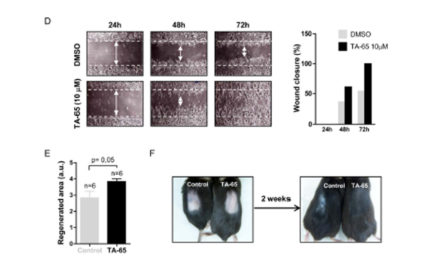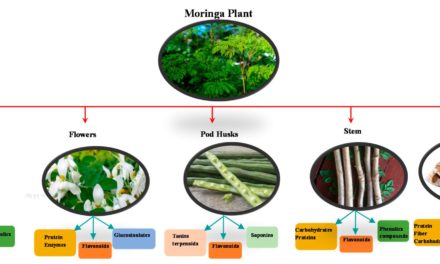Sabrin A. Morshedy 1,* , Aymen E. Abdal Mohsen 2, Mohamed M. Basyony 2 , Rafa Almeer 3,
Mohamed M. Abdel-Daim 3,4 and Yassmine M. El-Gindy 1
1. Fish and Animal Production Department, Faculty of Agriculture (Saba Basha), Alexandria University, P.O. Box 21531, Alexandria 21500, Egypt; y.m.elgindy@alexu.edu.eg
2 Animal Production Research Institute, Agriculture Research Center, Doki 12622, Egypt; aymanan19@hotmail.com (A.E.A.M.); mohamed000basyony@yahoo.com (M.M.B.)
3 Department of Zoology, College of Science, King Saud University, P.O. Box 2455, Riyadh 11451, Saudi Arabia; ralmeer@ksu.edu.sa (R.A.); abdeldaim.m@vet.suez.edu.eg (M.M.A.-D.)
4 Pharmacology Department, Faculty of Veterinary Medicine, Suez Canal University, Ismailia 41522, Egypt
* Correspondence: sabrin_morshedy@alexu.edu.eg; Tel.: +20-12-2658-5243
Received: 15 July 2020; Accepted: 20 August 2020; Published: 22 August 2020
Simple Summary: The agricultural byproducts commonly used as a feedstuff depend on their high
abundance and the nutritional composition. Moreover, several agricultural byproducts are a valuable
source of active ingredients, which could be used as feed supplements to improve the quality of
formulated diets and animal performance. The present study evaluated the use of prickly pear cactus
peels (Opuntia ficus-indica, PPCP) as an agricultural byproduct rich with phytochemicals in the diet of
lactating Barki ewes at two doses (5 and 10 g/head/day). Supplementation with 5 g PPCP improves
the milk production and composition of ewes. The maternal effect of supplementation of both doses
of PPCP in the diets of lactating Barki ewes has been successful to improve the serum lipid profile,
kidney function, hormonal and antioxidant status of their suckling lambs. Moreover, supplementation
with 5 g PPCP improves the nutrient digestibility and rumen fermentation parameters in the sheep.
Abstract: Prickly pear cactus peels (Opuntia ficus-indica, PPCP) are sustainable byproducts available
in arid regions and a rich source of antioxidants. Fifteen multiparous Barki ewes (2–3 years old,
46.94 ± 0.59 kg body weight, BW) at postpartum were individually distributed in three equal groups
and fed diets supplemented with PPCP at doses of 0, 5 and 10 g/head/day. Lambs were individually
distributed into three equal groups according to their mothers’ groups to investigate the maternal
effect on lambs’ growth performance, hematology and serum metabolites. This trial lasted for 56 days
from birth to weaning. Moreover, nine adult male Barki sheep with a live BW of 65.76 ± 0.54 kg
were randomly allocated into three equal groups to determine the effect of PPCP on the nutrient
digestibility of the experimental diets. The results indicate that supplementing PPCP at low levels
(5 g/head/day) increased milk yield (p = 0.050), fat-corrected milk (p = 0.022), energy-corrected
milk (p = 0.015) and the yield of milk constituents compared to 10 g PPCP and the control group.
In addition, lambs suckling from ewes fed the diet supplemented with 5 g PPCP had a higher
(p = 0.001) weaning BW compared to other groups. Serum total protein, globulin, superoxide
dismutase, glutathione peroxidase enzyme activities and the triiodothyronine hormone improved
significantly in lambs suckling from ewes fed diets supplemented with 5 g PPCP compared to
the control group. Serum cholesterol profile and kidney activities were enhanced significantly in
lambs suckling from ewes fed diets supplemented with 5 and 10 g of PPCP compared to the control group. The dietary supplementation of 5 g PPCP improved the crude protein digestibility, digestible
crude protein value, nitrogen balance and rumen fermentation characteristics of male sheep compared
to the control group. In conclusion, supplementation with 5 g PPCP improved ewes’ milk production,
offspring growth and physiological status. Furthermore, it improved the crude protein digestibility
and rumen fermentation characteristics of Barki sheep.
Keywords: prickly pear cactus peels; Barki ewes; nutrient digestibility; rumen fermentation; maternal
effect; physiological status








